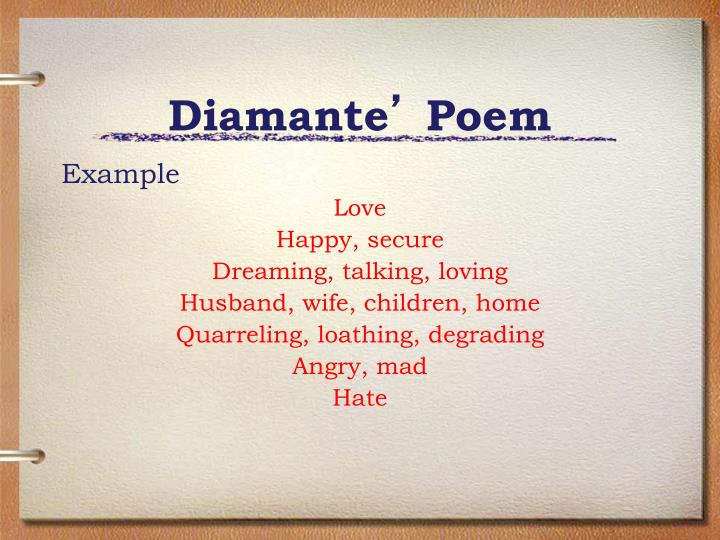CALME was the day, and through the trembling ayre
Epithalamion is an ode written by Edmund Spenser as a gift to his bride, Elizabeth Boyle, on their wedding day. The poem moves through the couples' wedding day, from the groom's impatient hours before dawn to the late hours of night after the husband and wife have consummated their marriage. ISC 11 AND 12 POEMS ( REVIRE) Line By Line Analysis of the Poem Crossing the Bar by Alfred Lord Tennyson ISC Class 11 and 12 English LINE BY LINE ANALYSIS OF THE GIFT OF INDIA ISC CLASS 11 AND 12 ENGLISH Critical Appreciation and line by line analysis of A Teenager’s Prayer by J.Morse Maharashtra Board class 10 English LINE BY LINE. Students can also check English Summary to revise with them during exam preparation. Fire and Ice Summary Line By Line Analysis and Explanation in English. About the Poet Robert Frost (1874-1963) was an American poet. His work was initially published in England before it was published in the United States.
'Prothalamion' by Edmund Spenser is a long verse 'written as a wedding song for the daughters of a duke.' Rather than write with a divergence of thought, Spenser uses a continuous thought.
Sweete-breathing Zephyrus did softly play
A gentle spirit, that lightly did delay
Hot Titans beames, which then did glyster fayre;
When I, (whose sullein care,
Through discontent of my long fruitlesse stay
In princes court, and expectation vayne
Of idle hopes, which still doe fly away,
Like empty shadows, did afflict my brayne,)
Walkt forth to ease my payne
Along the shoare of silver streaming Themmes;
Whose rutty bank, the which his river hemmes,
Was paynted all with variable flowers,
And all the meades adornd with dainty gemmes,
Fit to decke maydens bowres,
And crowne their paramours
Against the brydale day, which is not long:
Sweet Themmes! runne softly, till I end my song.
* * * * *

With that I saw two Swannes of goodly hewe
Come softly swimming downe along the lee;
Two fairer birds I yet did never see;
The snow, which doth the top of Pindus strew,
Did never whiter shew,
Nor Jove himselfe, when he a swan would be
For love of Leda, whiter did appeare;

Yet Leda was (they say) as white as he,
Yet not so white as these, nor nothing near;
So purely white they were,
That even the gentle stream, the which them bare,
Seem’d foule to them, and bad his billowes spare
To wet their silken feathers, least they might
Soyle their fayre plumes with water not so fayre,
And marre their beauties bright,
That shone as heavens light,
Against their brydale day, which was not long:
Sweet Themmes! runne softly, till I end my song.
* * * * *
So ended she; and all the rest around
To her redoubled that her undersong,
Which said, their brydale daye should not be long:
And gentle Eccho from the neighbour ground
Their accents did resound.
So forth those ioyous Birdes did passe along
Adowne the lee, that to them murmurde low,
As he would speake, but that he lackt a tong,
Yet did by signes his glad affection show,
Making his streame run slow.
And all the foule which in his flood did dwell
Gan flock about these twaine, that did excell
The rest, so far as Cynthia doth shend
The lesser stars. So they, enranged well,
Did on those two attend,
And their best service lend
Against their wedding day, which was not long:
Sweet Themmes! runne softly, till I end my song.

At length they all to mery London came,
To mery London, my most kyndly nurse,
That to me gave this lifes first native sourse,
Though from another place I take my name,
An house of auncient fame:
Prothalamion Poem Line By Line Explanation Analysis
There when they came, whereas those bricky towres
The which on Themmes brode aged backe doe ryde,
Where now the studious lawyers have their bowers,
There whylome wont the Templer Knights to byde,
Till they decayd through pride;
Prothalamion Poem Line By Line Explanation Examples
Next whereunto there standes a stately place,
Where oft I gayned giftes and goodly grace
Of that great lord, which therein wont to dwell.
Whose want too well now feels my freendles case;
But ah! here fits not well
Olde woes, but ioyes, to tell
Against the bridale daye, which is not long:
Sweet Themmes! runne softly, till I end my song.
* * * * *
PROTHALAMION:Prothalamion Poem Line By Line Explanation Example
Prothalamion, the commonly used name ofProthalamion; or, A Spousall Verse in Honour of the Double Marriage of Ladie Elizabeth and Ladie Katherine Somerset,[1]is apoembyEdmund Spenser(1552–1599), one of the importantpoetsof theTudor PeriodinEngland. Published in 1596[1](see1596 in poetry), it is anuptialsong that he composed that year on the occasion of the twin marriage of the daughters of theEarl of Worcester, Elizabeth Somerset and Katherine Somerset, toHenry GuildfordandWilliam Petre, 2nd Baron Petrerespectively.The sweet breathing Zephyrus did softly play.'